Rett Syndrome: Symptoms, Stages, Causes, Diagnosis, and Treatments

Our understanding of complex neurological conditions has grown tremendously over the years. Two such conditions, Rett syndrome and autism, are often grouped due to overlapping symptoms. However, while they may share some similarities, they are distinct in significant ways. With optimism and support as our guiding tone, let’s explore the differences and clarify misconceptions about Rett syndrome and autism to foster greater understanding.
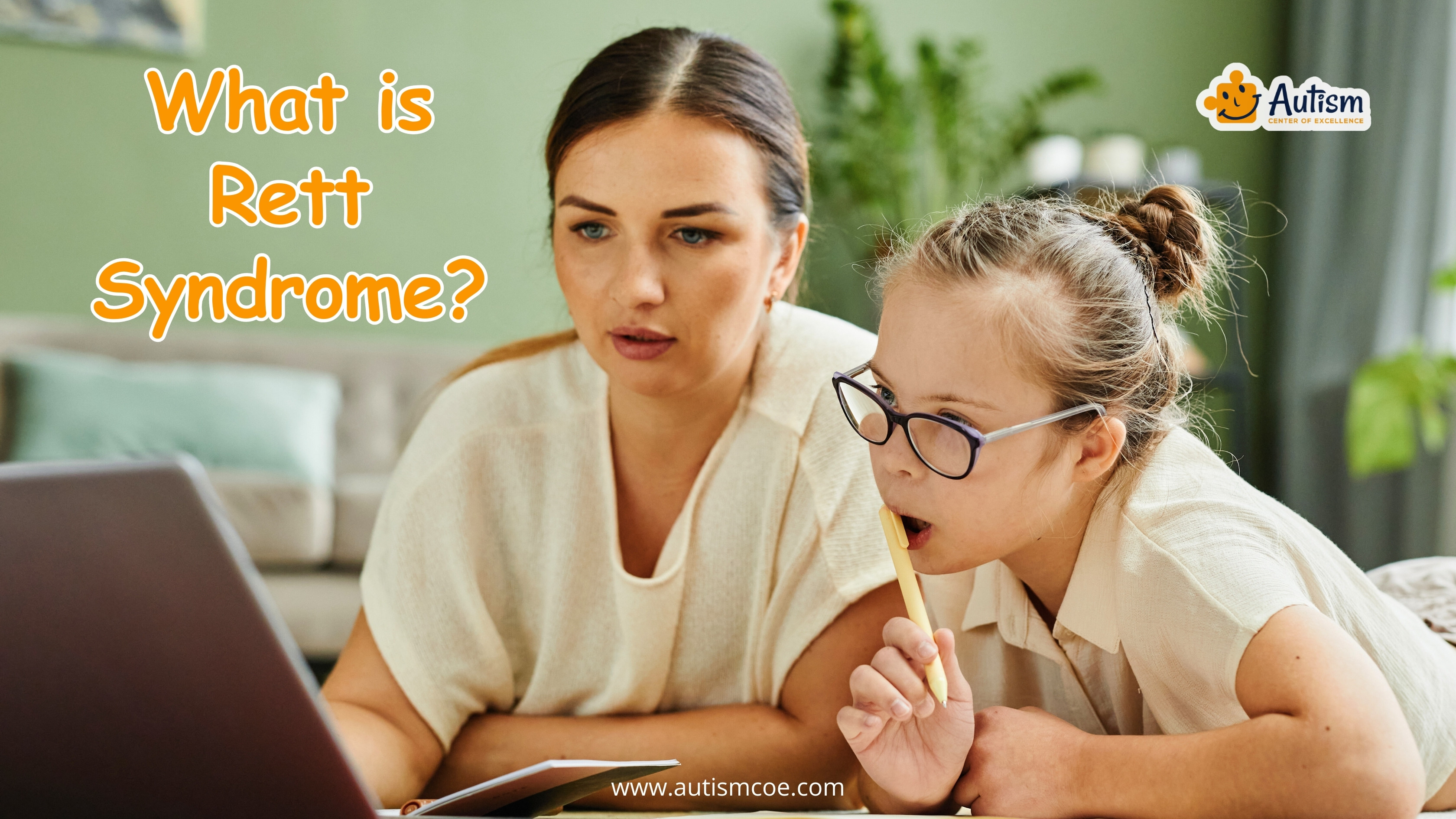
What is Rett Syndrome?
Rett syndrome or Rett disease is a rare neurological disorder that affects mainly girls but may also affect boys. It affects approximately 1 in 10,000 to 15,000 live births worldwide. This condition, first identified by Austrian pediatrician Dr. Andreas Rett in 1966, is most common in early childhood and typically appears between six months and a year and a half.
This is most common in early childhood and may occur between six months to a year and a half. Children with Rett syndrome develop normally or almost normally during the first few years of life but begin to lose the skills they have acquired, including speech, purposeful hand movements, and Motor Skills. This is not merely a blossoming of a delayed child but a severe neurological disorder. Identifying early symptoms may help people with Rett syndrome and their families receive the care they need.
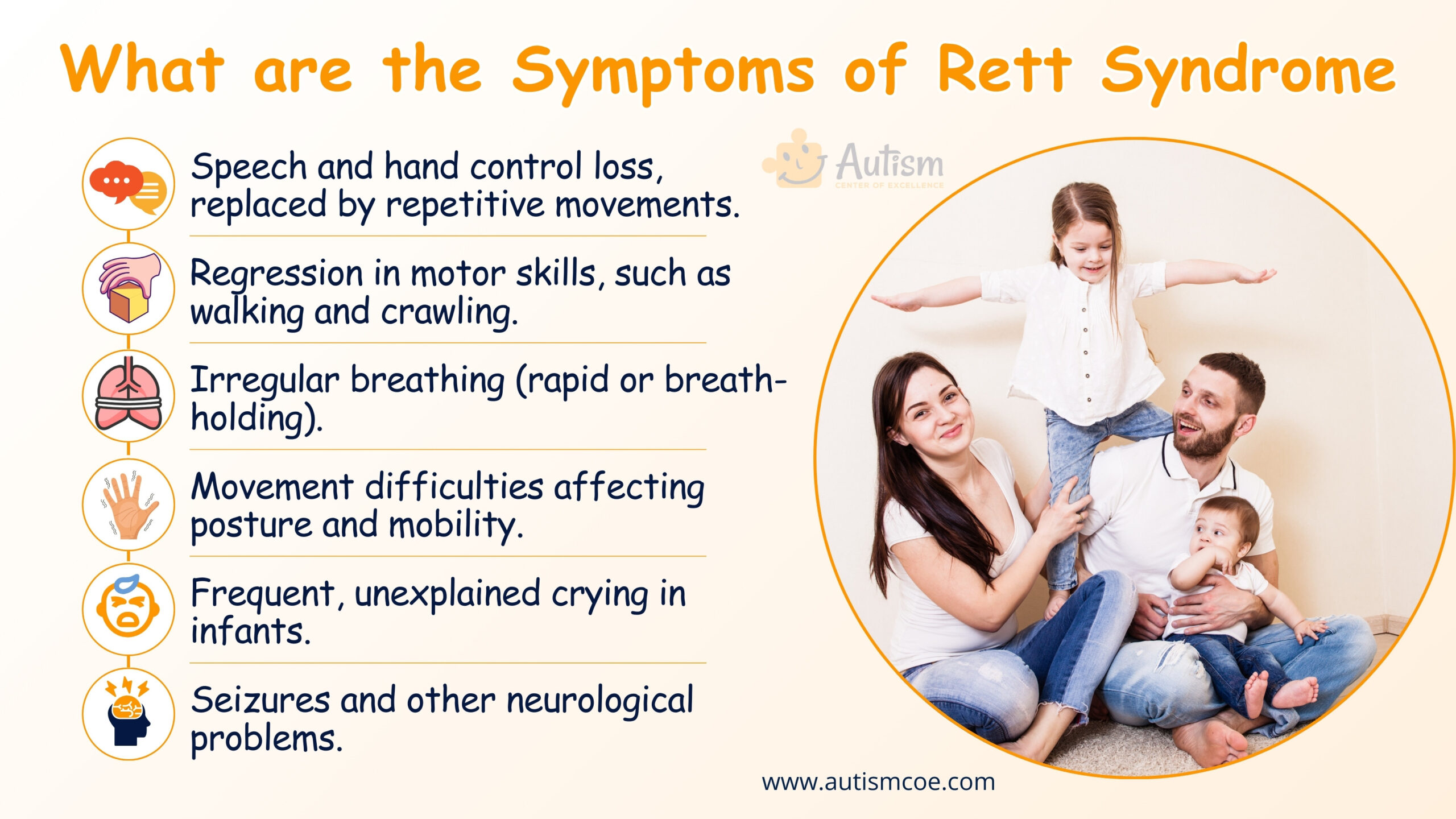
Common Symptoms of Rett Syndrome
Rett symptoms can vary widely among individuals but typically include the following core features:
- People lose their ability to speak and control their hands while developing repetitive hand movements like hand wringing and tapping.
- Rett syndrome causes affected children to lose the abilities they used to have when they learned to walk and crawl.
- They develop breathing problems that switch between fast breathing spells and intentional breath-holding.
- Movement difficulties reduce someone’s ability to move their body properly and cause problems staying seated or standing up.
- Rett syndrome often gets called a “crying syndrome” because babies with this condition have consistent trouble stopping their crying without cause.
- The body has seizures or other brain problems.
These brain problems are present in many forms at different levels of intensity. Quick medical detection plus custom treatment plans enhance daily life for children with Rett syndrome.
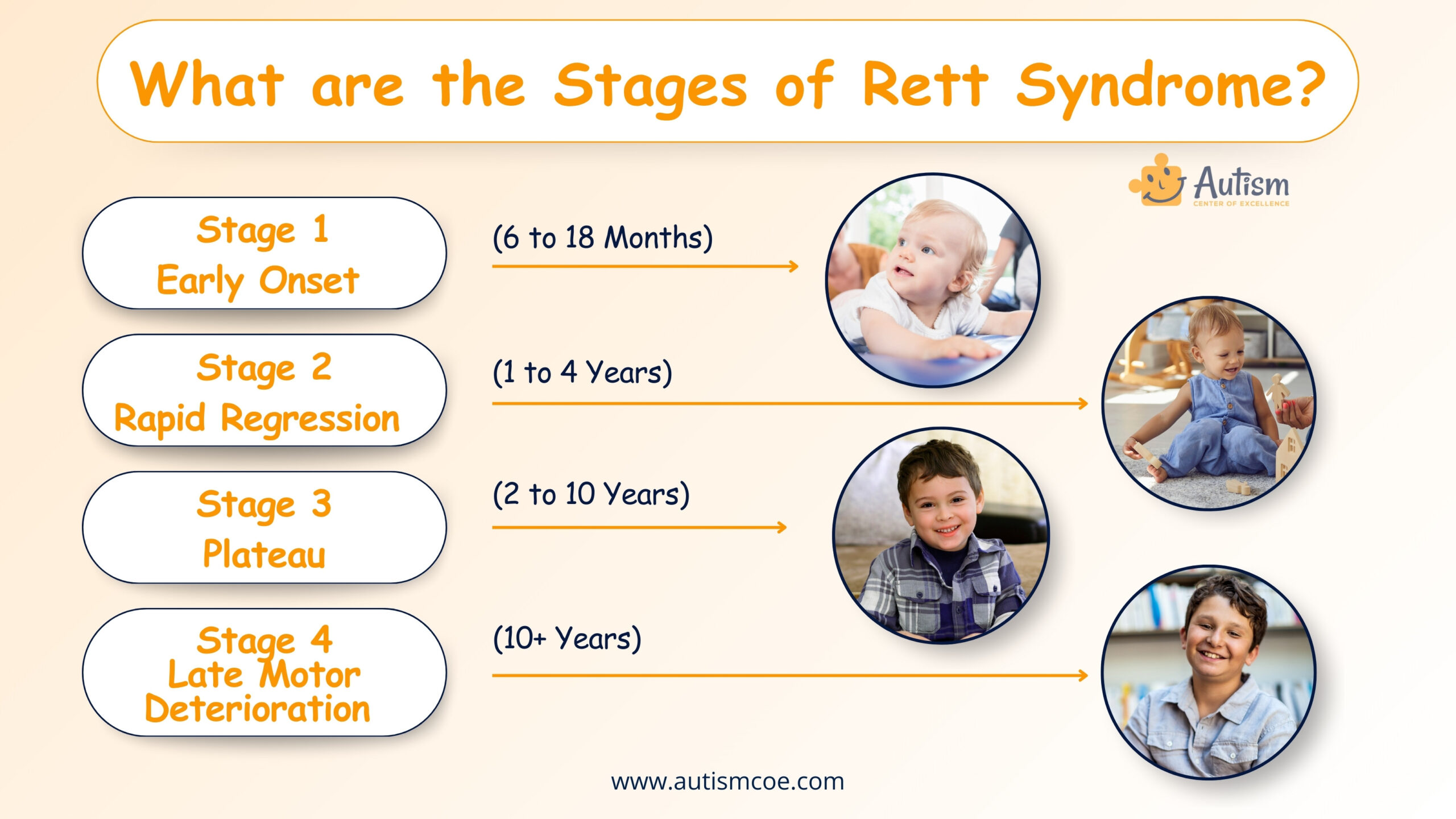
Stages of Rett Syndrome
Rett syndrome has been divided into four different stages, each with its own symptoms and complications. Knowing the stages can assist the family and caregivers in giving proper care and finding ways for the child to continue to grow and bond even during the treatment period.
Stage 1 – Early Onset (6 to 18 Months)
It is the subtle changes that are noticed first when development starts to falter and slow down. Parents may observe that the child may look away less, move slower, or lose interest in objects and activities. These signs are generally not well marked and may be easily missed as being part of the normal Development of The Child.
Stage 2 – Rapid Regression (1 to 4 Years)
This stage is identified as a clear decline in the use of previously learned skills. Speech and goal-directed movements also begin to disappear and are accompanied by stereotyped hand movements like rubbing or clapping. Other problems may include breathing difficulties, periods of crying that are hard to comfort, and other difficult behaviors. This is often the most shocking and can be the most emotionally challenging stage for families because the changes are likely to occur relatively rapidly.
Stage 3 – Plateau (2 to 10 Years)
The progression of symptoms in Stage 2 is very fast, but after the stage, the rate of symptoms’ worsening decreases, and sometimes skills may not worsen. There is a marginal and observable increase in social engagement and interaction for the families in this stage. However, motor problems, seizure problems, and other health problems do not disappear and may need further treatment and support.
Stage 4 – Late Motor Deterioration (10+ Years)
This late stage is associated with further motor dysfunctions such as increased muscle tone and very poor mobility. Some people may need help with personal activities that they used to do on their own. Nonetheless, the child is able to maintain cognitive functions, together with Communication Skills, making it possible to develop personal bonds.
As the child with Rett syndrome progresses through each stage, families can be informed about the overall development of the disorder and use it to guide them on the appropriate care for their child as they move through various stages of the disorder.
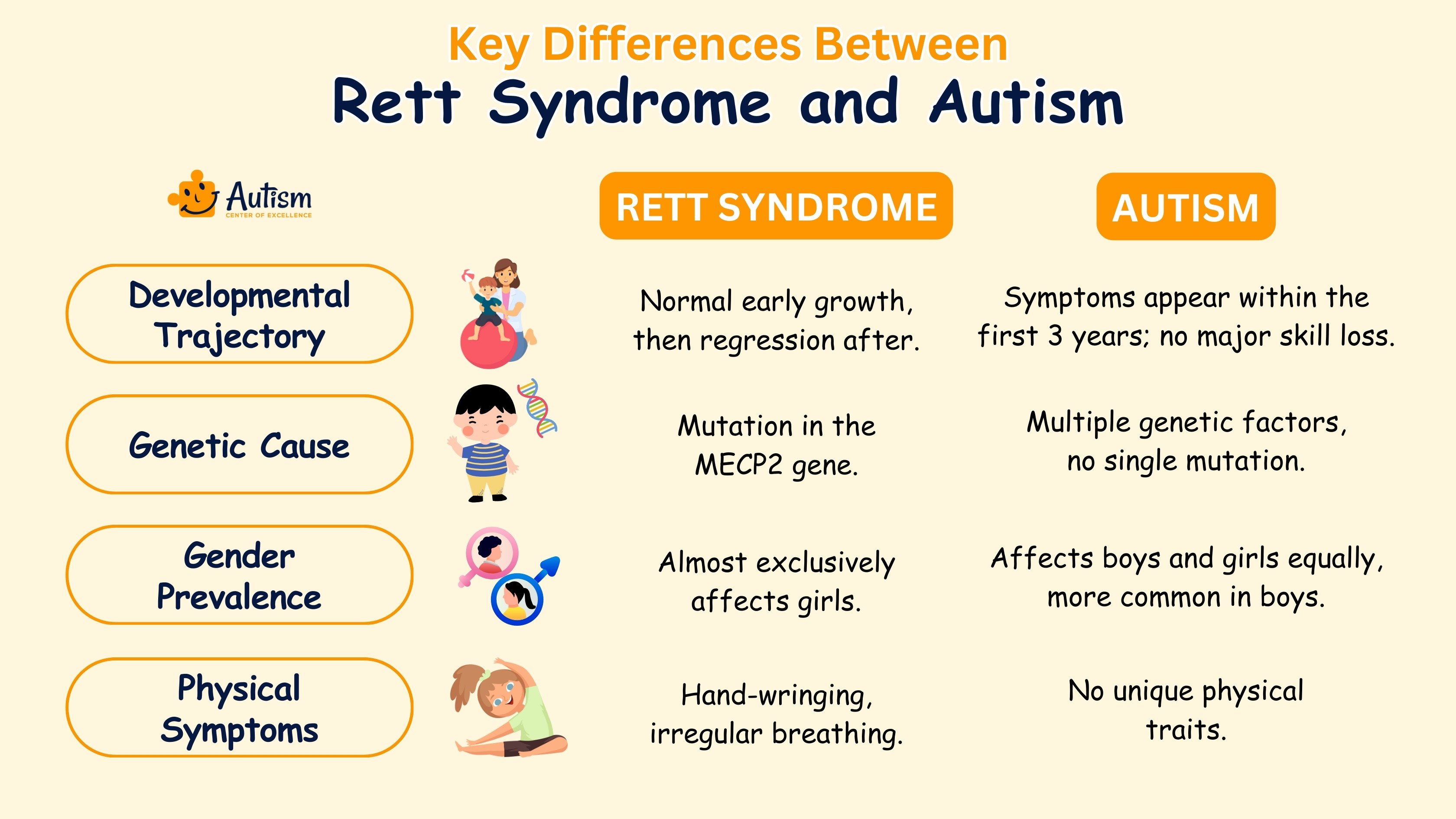
Understanding the Differences Between Rett Syndrome and Autism
Rett syndrome and autism are easily confused because they have some features in common, particularly in the first years of childhood. Both groups of children may have Speech and Language Delay, lack of social skills, or may exhibit stereotypic behaviors. This can make Autism vs Rett syndrome diagnosis very difficult at the early stages of the disease.
But the causes of these conditions are not the same. Autism is a neurodevelopmental disorder with a broad range on the other hand Rett syndrome is a genetic progressive neurodevelopmental disorder that is caused by a mutation in the MECP2(Methyl CpG Binding Protein 2) gene.
As development progresses both conditions show key differences that help separate Rett from autism. Here’s a closer look:
Developmental Trajectory
People with autism develop characteristic signs during their first three years and do not experience significant skill loss in their development. The symptoms of Rett syndrome become visible after smooth initial growth when children emerge from typical developmental patterns.
Genetic Cause
A mutation in the MECP2 gene causes Rett syndrome but autism requires multiple genetic elements working together without a single key mutation to develop.
Gender Prevalence
Autism presents equally in boys and girls but occurs most often in male individuals. More girls develop Rett syndrome than boys do while autism shows no clear pattern between genders.
Physical Symptoms
Rett syndrome causes abnormal movements of the hands and breathing patterns that doctors would not find in children who have autism.
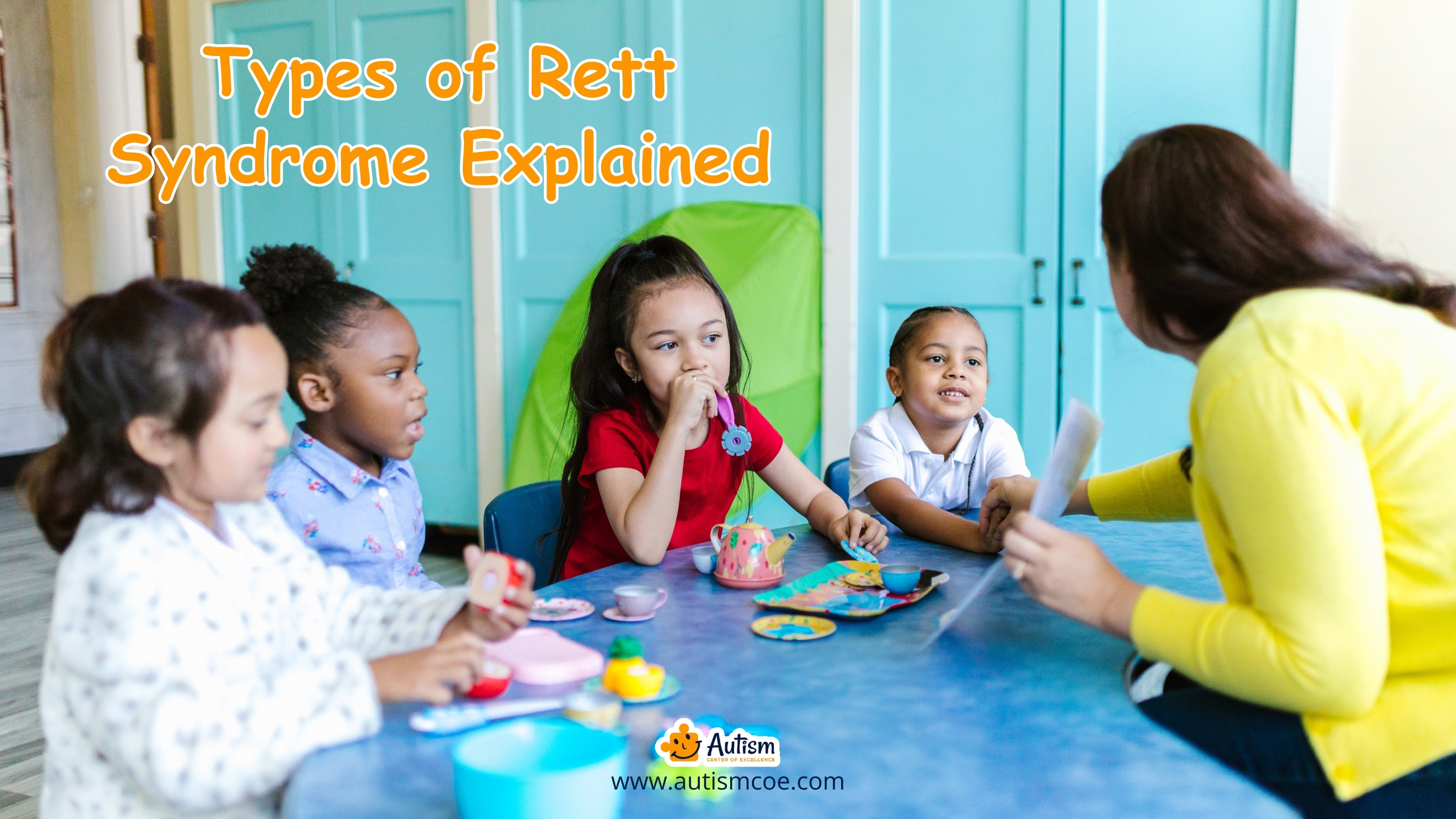
What are the Types of Rett Syndrome
The types of Rett syndrome include:
1️⃣ Classic Rett Syndrome: The most common and severe form, following the typical Stages of Development and regression.
2️⃣ Atypical Rett Syndrome: A milder or variant form that doesn’t meet all the criteria for classic Rett syndrome. It includes subtypes like:
- Preserved Speech Variant (PSV): Individuals retain some ability to speak.
- Congenital Variant: Symptoms appear earlier, often at birth.
- Late-onset Variant: Symptoms start later than usual.
- Male Variant: Extremely rare, occurs in males with MECP2 mutations.
Each type varies in severity and symptoms, but all involve challenges with motor skills, communication, and Cognitive Development.

Is Rett Syndrome a Type of Autism?
To address this common question directly—no, Rett syndrome is not a type of autism. While it was once categorized as part of the autism spectrum due to its behavioral similarities, advances in understanding the genetic causes of Rett syndrome have debunked this classification.
However, it’s vital to acknowledge the importance of Speech Therapy or Occupational Therapy, found in many Autism Therapies, in alleviating daily life for those with Rett syndrome. Rett Syndrome vs. Autism treatment shares the same approach in the case of the use of individualized care, which is derived from the symptoms and needs of an individual in each case.
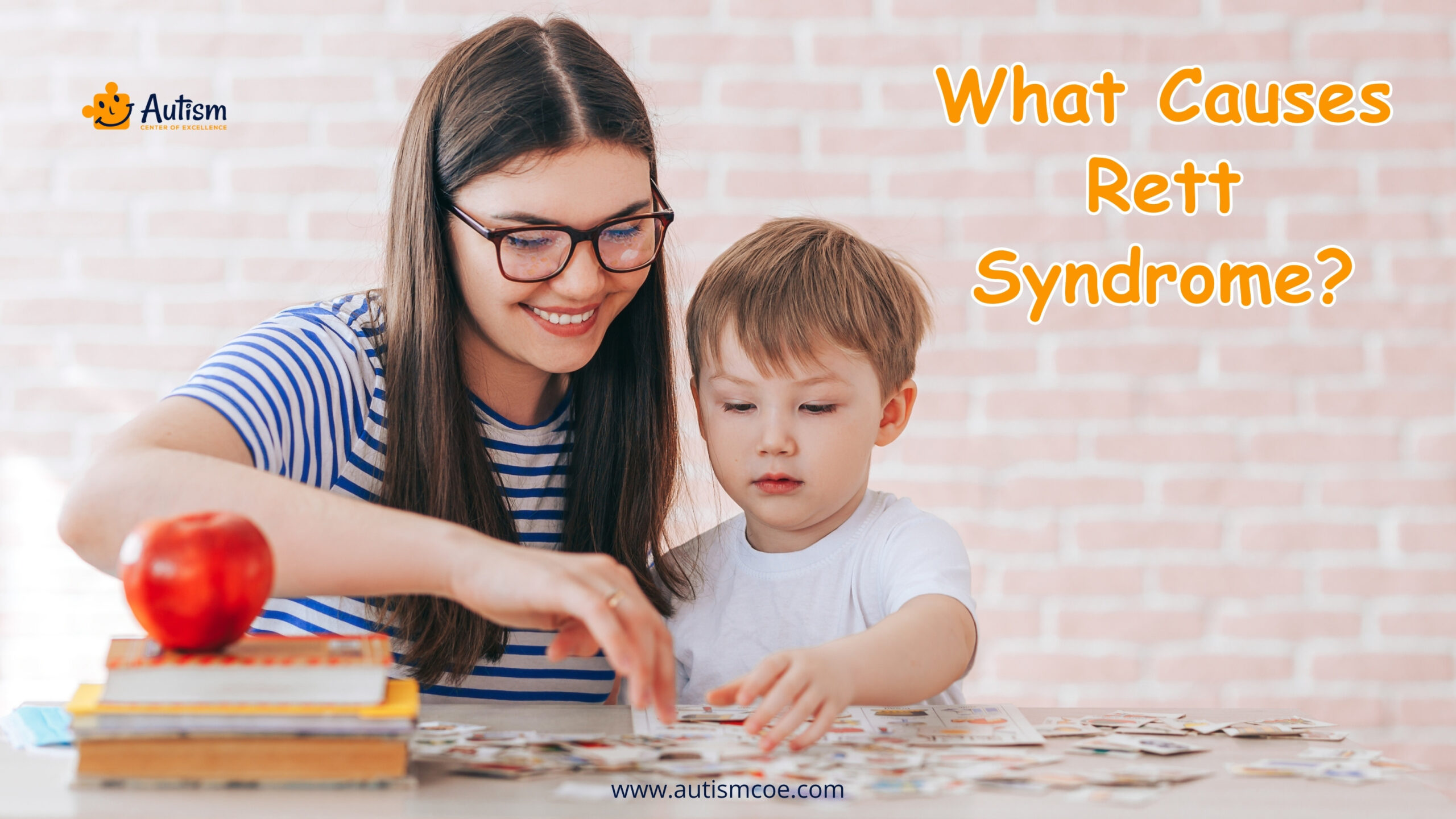
What are the Causes of Rett Syndrome?
Rett syndrome is due to a mutation in the gene MECP2 on the X chromosome. Some Rett mutations disrupt the normal functioning of brain cells, causing developing symptoms.
It is worth emphasizing that Rett syndrome is not caused by anything parents did or didn’t do. It is a spontaneous genetic mutation, not an inherited condition in most cases. Research continues to explore treatments and possible cures, offering hope for the future.
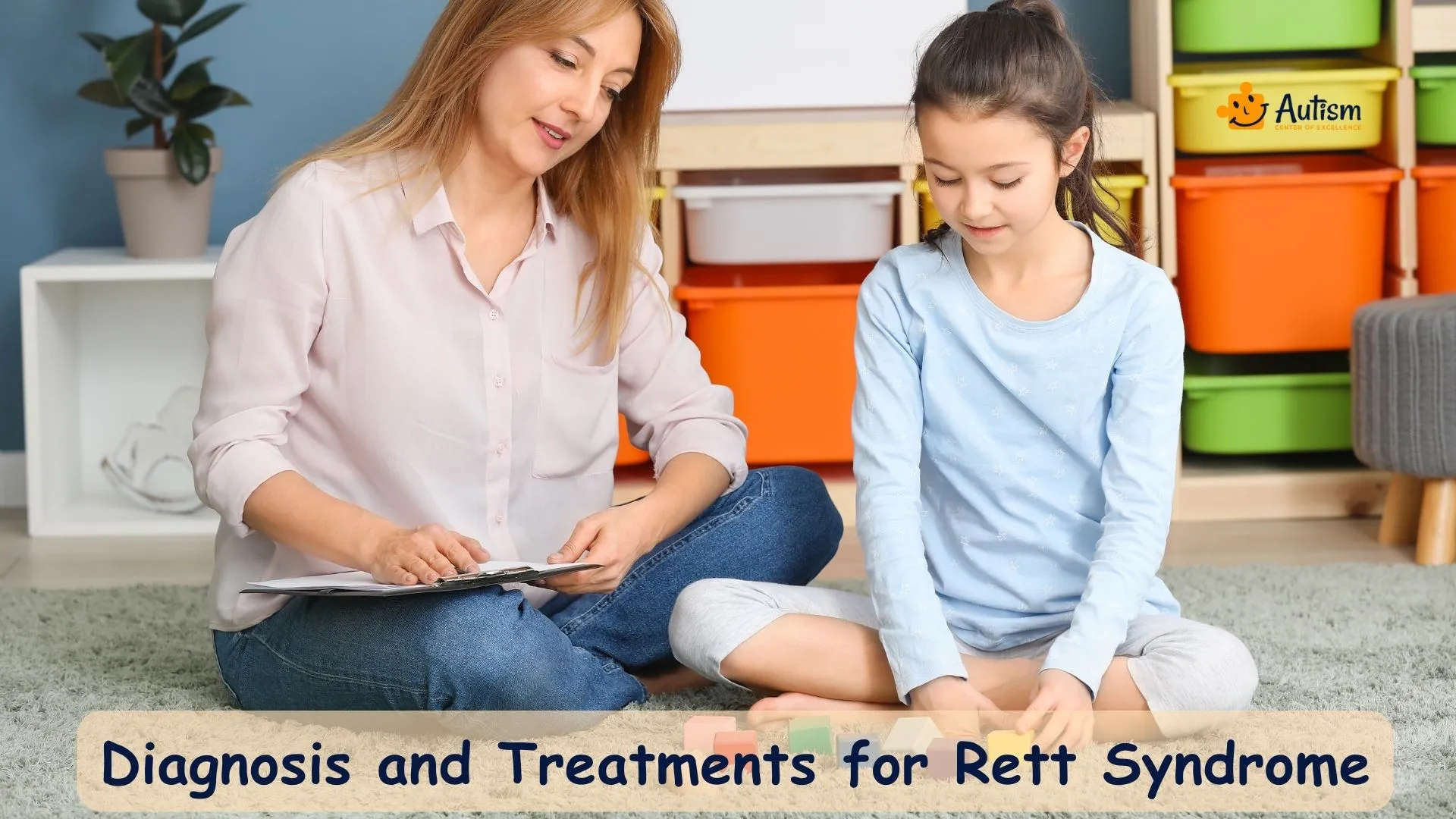
Diagnosis and Treatments for Rett Syndrome
To diagnose Rett syndrome, doctors track a child’s development, look for key signs like regressing motor skills and repetitive hand gestures, and test for MECP2 gene mutations. Finding out early helps doctors design special care plans for what each person needs help with.
Although no cure exists, available treatments help control symptoms and make living better. Physical, occupational, and speech therapies play crucial roles in improving mobility, daily skills, and communication. ABA Therapy uses specific teaching methods to help Rett Syndrome patients improve their ability to talk and behave better.
There are medicines for controlling seizures and helping with breathing while eating good food helps stay healthy. Additionally, assistive technologies and music therapy foster engagement and well-being, offering hope for a more connected and fulfilling life.
Enjoying Reading?
Join Our Weekly Newsletters!
Subscribe now to stay updated with our latest email updates.
Frequently Asked Questions & Answer
What Organ is Affected by Rett Syndrome?
Rett syndrome is mainly a problem with the brain which leads to difficulties in movement, communication, and behaviors.
What is the Difference Between Rett and Angelman Syndrome?
Rett syndrome is a childhood progressive disease caused by an MECP2 gene mutation leading to a regression of the motor and speech functions. Angelman syndrome is due to UBE3A gene issues and is usually marked by frequent smiling, balance problems, and seizures.
How is Rett Syndrome Different from Autism?
Rett syndrome is a developmental regression disease with a known genetic cause whereas autism is a broader spectrum of disease with multiple types of symptoms with unknown causes.
What are the Behaviors of Rett Syndrome?
They may engage and recognize, and, later on, suffer breathing issues, speech difficulties, repetitive hand movements, and crying periods.
Conclusion
Rett syndrome and autism closely resemble each other, but they are medically different with regard to causes, symptoms, and treatments. Knowing the differences between these conditions helps us to provide better support to people suffering from these conditions and their families. Rett syndrome or autism can be diagnosed early and children with Rett syndrome or autism can lead fulfilling lives if diagnosed early with compassionate care.
This world requires every individual to be seen, supported, and valued; education and empathy are a necessity. The closer we get to creating a brighter, more Inclusive future for all, the more we know about these conditions.
Please Note: The content of this blog is for informational purposes only and should not be considered a substitute for professional medical advice, diagnosis, or treatment. Consult a qualified healthcare professional for personalized guidance tailored to your specific situation.

Bhavika Bhasin
Bhavika Bhasin is the Research and Marketing officer at AutismCOE. She works with children and adults with ASD. Her clinical research includes evaluating various available autism screening and diagnosis methods and their efficacy. She is currently developing a novel screening exam that is indicated to be more accurate than the existing available exams. She is also writes articles papers for various publications.

